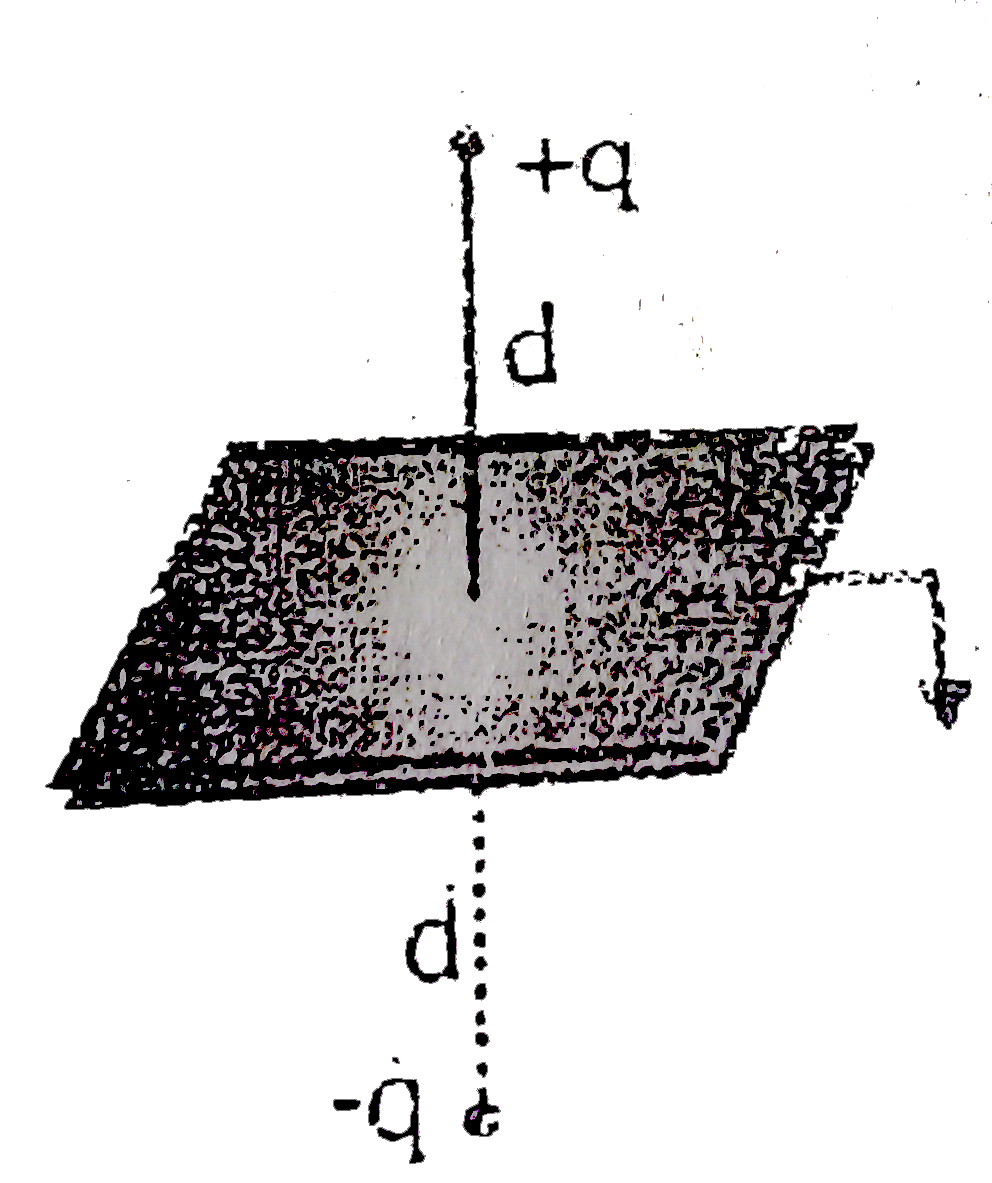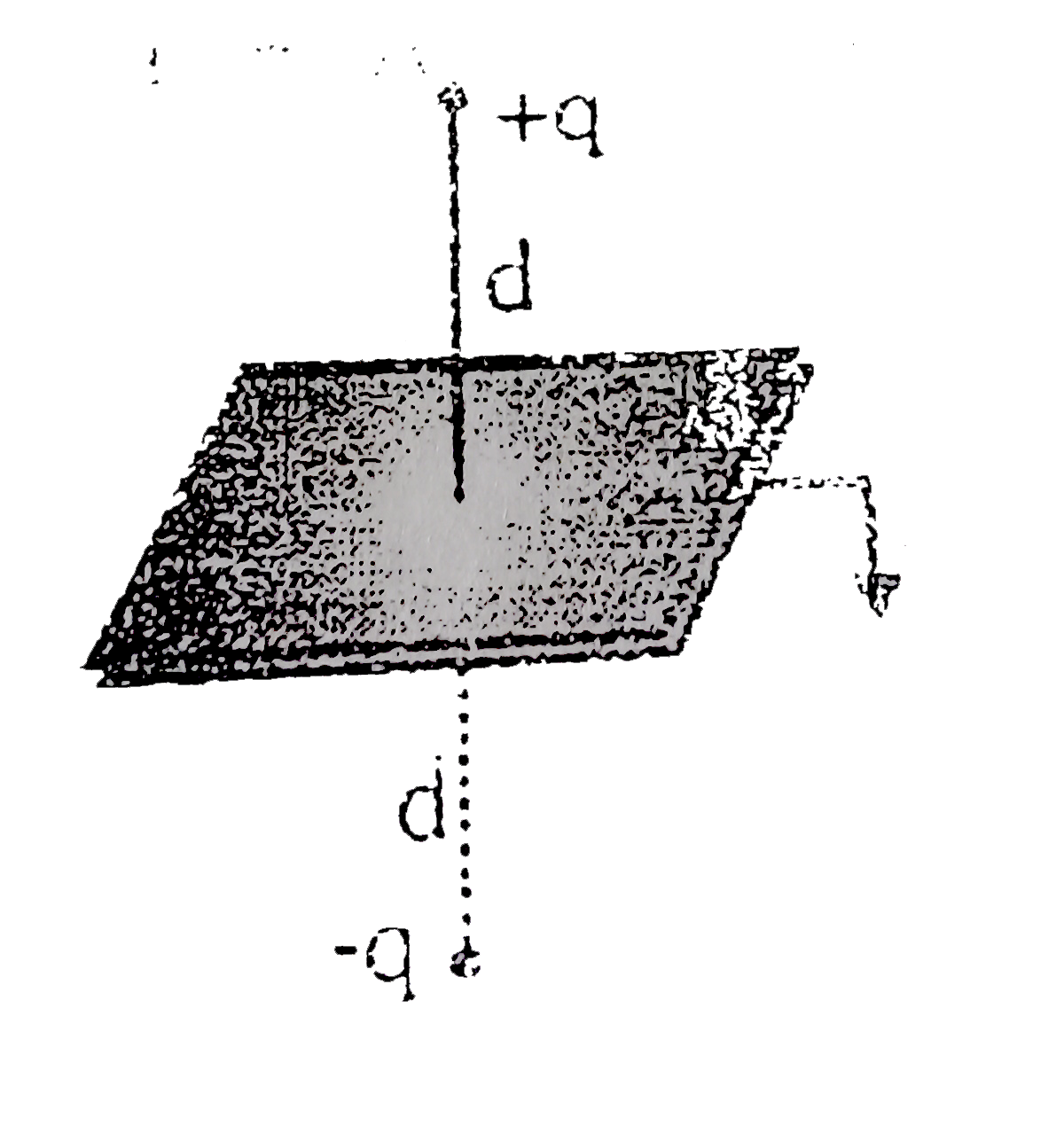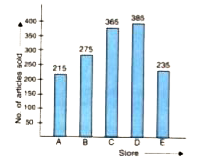In a large consignment of apples are rotten. What is the probability that a carton of 48 apples contain less than two rotten ones ? Answer the questions using
(i) Binomial distribution
(ii) Poisson distribution
The correct Answer is:=e−1.44{2.44}
To solve the problem of finding the probability that a carton of 48 apples contains less than two rotten ones using both the Binomial and Poisson distributions, we will follow these steps:
1. Define the Random Variable:
Let X be the random variable representing the number of rotten apples in a carton of 48 apples. We need to find P(X < 2), which is P(X = 0) + P(X = 1).
2. Calculate P(X = 0):
Using the binomial probability formula:
P(X=r)=(nr)prqn−r
For r = 0:
P(X=0)=(480)(148)0(4748)48=1⋅1⋅(4748)48
P(X=0)=(4748)48
3. Calculate P(X = 1):
For r = 1:
P(X=1)=(481)(148)1(4748)47
P(X=1)=48⋅148⋅(4748)47=(4748)47
4. Combine the Probabilities:
Now, we combine both probabilities:
P(X<2)=P(X=0)+P(X=1)=(4748)48+(4748)47
P(X<2)=(4748)47(4748+1)=(4748)47⋅9548
(ii) Using Poisson Distribution
1. Calculate λ (Lambda):
The Poisson distribution can be used as an approximation for the binomial distribution when n is large and p is small.
λ=n⋅p=48⋅148=1
2. Define the Poisson Probability:
We need to find P(X < 2), which is P(X = 0) + P(X = 1).
3. Calculate P(X = 0):
Using the Poisson probability formula:
P(X=r)=e−λλrr!
For r = 0:
P(X=0)=e−1⋅100!=e−1
4. Calculate P(X = 1):
For r = 1:
P(X=1)=e−1⋅111!=e−1
5. Combine the Probabilities:
Now, we combine both probabilities:
P(X<2)=P(X=0)+P(X=1)=e−1+e−1=2e−1
Final Answers:
- Using Binomial Distribution:
P(X<2)=(4748)47⋅9548
- Using Poisson Distribution:
P(X<2)=2e−1
Let X be the random variable representing the number of rotten apples in a carton of 48 apples. We need to find P(X < 2), which is P(X = 0) + P(X = 1).
Using the binomial probability formula:
P(X=r)=(nr)prqn−r
For r = 0:
P(X=0)=(480)(148)0(4748)48=1⋅1⋅(4748)48
P(X=0)=(4748)48
For r = 1:
P(X=1)=(481)(148)1(4748)47
P(X=1)=48⋅148⋅(4748)47=(4748)47
Now, we combine both probabilities:
P(X<2)=P(X=0)+P(X=1)=(4748)48+(4748)47
P(X<2)=(4748)47(4748+1)=(4748)47⋅9548
The Poisson distribution can be used as an approximation for the binomial distribution when n is large and p is small.
λ=n⋅p=48⋅148=1
We need to find P(X < 2), which is P(X = 0) + P(X = 1).
Using the Poisson probability formula:
P(X=r)=e−λλrr!
For r = 0:
P(X=0)=e−1⋅100!=e−1
For r = 1:
P(X=1)=e−1⋅111!=e−1
Now, we combine both probabilities:
P(X<2)=P(X=0)+P(X=1)=e−1+e−1=2e−1
- Using Binomial Distribution:
P(X<2)=(4748)47⋅9548
- Using Poisson Distribution:
P(X<2)=2e−1
Similar Questions
Find the probability distribution of the number of successes in two tosses of a die, where a success is defined as (i) number greater than 4 (ii) six appears on at least one die
View SolutionFind the probability distribution of the number of successes in two tosses of a die, where a success is defined as(i) number greater than 4(ii) six appears on at least one die
View SolutionTwo different dice are thrown simultaneously. What is the probability that the sum of two number appearing on the top of dice is.
(i) 9 (ii) 10 (iii) at least 10 (iv) 13 (v) less than or equal 12
(vi) a multiple of 2 on one die and a multiple of 3 on the other die ?
View SolutionTwo dice, one blue and one grey, are thrown at the same time. Write down all the possible outcomes. What is the probability that the sum of the two numbers appearing on the top of the dice is(ii) 13?(iii) less than or equal to 12?
View SolutionThe number of persons joining a cinema ticket counter in a minute has poisson distribution with parameter 6. Find the probability that (i) no one joins the queue in a particular minute (ii) two or more persons join the queue in a minute
View SolutionGiven below is the frequency distribution of wages: A worker is selected at random. Find the probability that his wages are: (i) less than Rs. 150 (ii) at least Rs. 210 (iii) more than or equal to 150 but less than Rs. 210.
View SolutionA bag contains 18 balls out of which x balls are red.
(i) If one ball is drawn at random from the bag what is the probability that it is not red?
(ii) If two more red balls are put in the bag, the probability of drawing a red ball will be 98 times the probability of drawing a red ball in the first case. Find the value of x.
View SolutionThe method of electrical images is used to solve the electrostatic problems, where charge distribution is not specified completely. The method consists of replacement of given charge distribution by a simplified charge distribution or a signal point charge or a number of point charges [rovided the original boundary conditions are still satisfied. For example consider a system consider a system containing a point charge q placed at a distance d of form an infinite conducting plane. The boundary conditions are :
(i) Potential is zero at infinity (ii) Potential is zero at each point on the conducting plane If we replaced the conducting plane by a point charge (-q) placed at a distance 'd' opposite to conducting plane. The charge (-q) is called the electrical image.
Now system consists of two charge +q an -q at seperation2d. If charge +q moves to a distance 'y' from the boundary of conducting plane (now absent), the electrical image -q also moves to the same 'y' from the boundary of conducting plane, so that the new distance between +q and -q is 2y

The force between point charge +q and earthed conducting plane is
View SolutionThe method of electrical images is used to solve the electrostatic problems, where charge distribution is not specified completely. The method consists of replacement of given charge distribution by a simplified charge distribution or a signal point charge or a number of point charges [rovided the original boundary conditions are still satisfied. For example consider a system consider a system containing a point charge q placed at a distance d of form an infinite conducting plane. The boundary conditions are :
(i) Potential is zero at infinity (ii) Potential is zero at each point on the conducting plane If we replaced the conducting plane by a point charge (-q) placed at a distance 'd' opposite to conducting plane. The charge (-q) is called the electrical image.
Now system consists of two charge +q an -q at seperation2d. If charge +q moves to a distance 'y' from the boundary of conducting plane (now absent), the electrical image -q also moves to the same 'y' from the boundary of conducting plane, so that the new distance between +q and -q is 2y

The work done in carrying charge q from distance d to distance y from earthed conducting plane is
View SolutionThe given bar graph shows the number of identical articles sold by 5 different stores A, B, C, D and E during a particular month.

Study the bar graph and answer the following questions :
(i) Which store sold the largest number of articles ?
(ii) By what per cent is the sale of store D more than that of store B ?
(iii) Find the ratio of the total sale of the two highest selling stores to the total sale of the two least selling stores.
(iv) By how much must store E increase its sale to catch up with its nearest rival store ?
View Solution